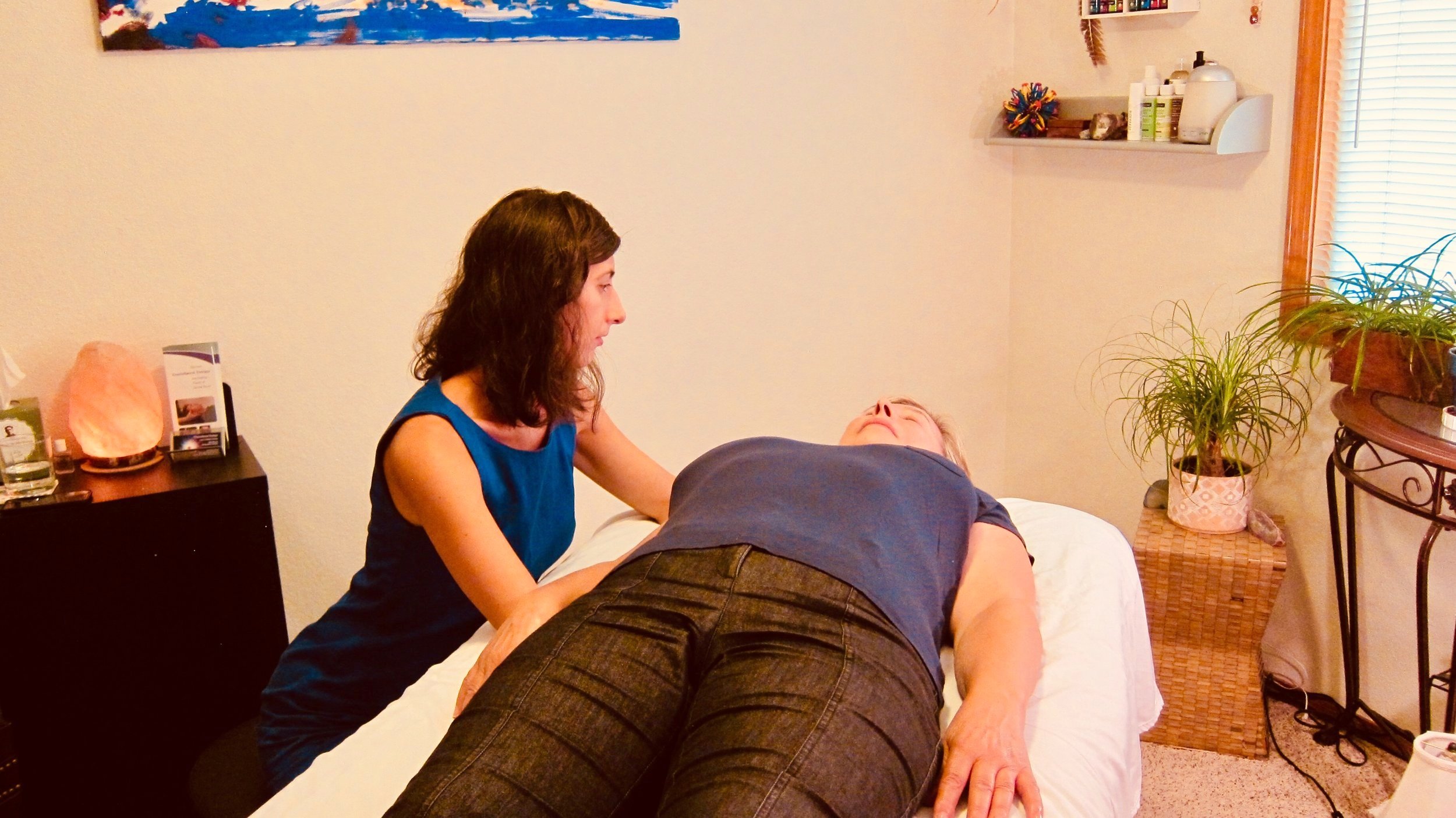
Embodied Transformation
A pathway toward your authentic self.
From a small seed a mighty trunk may grow.
-Aeschylus
-

Embodied Transformation in a nutshell.
Embodied Transformation is a process of facilitated self discovery.
Embodied Transformation helps you identify limiting patterns and beliefs that no longer serve you and transforms them into more fulfilling possibilities.
It uses mindfulness to study your present moment experience, which often reveals subconscious habitual responses. These habitual responses were shaped by an experience in the past and created a limiting belief. These can be shifted by providing a new supportive experience. Embodied Transformation integrates new possibilities on the body-mind level. This has been scientifically proven in establishing new neuro-pathways, allowing your perception to widen and having more free choices.
-

Stages of the process.
1. Ordinary Consciousness - client shares what is it they would like to work on, what bothers them, reflecting the state of conscious mind.
2. Mindfulness - therapist guides the client towards mindfulness: being fully embodied in their present moment experience and simultaneously contacting the non-judgmental, compassionate observer. Mindfulness is the main avenue toward embodied transformation without retraumatizing.
3. Accessing and Deepening: once in mindfulness therapist gently guides the client to pay closer attention and study any of the following realms of client’s present moment experience: thoughts (inner dialog), feelings and emotions (affect), sensations in the body, memories, or images. Therapist might offer the client an acknowledging statement or “take over” an inner dialog, in order to evoke deeper aspects of the client’s nonconscious.
4. Processing: assisted exploration of the affects (emotions) evoked through the Accessing and Deepening phase. This includes processing past experiences that have kept the uncovered limited beliefs in place. In some cases there will be somatoemotional release, trauma processing, and working with difficult childhood memories.
5. Transformation: Therapist provides support and missing elements towards experiences that have surfaced in the Processing phase. The therapist brings attention to the felt sense of receiving nourishing assistance and guides the client to new options and possibilities. For example, the therapist might ask the client how it feels in the body to be supported and not alone in the difficult experience.
6. Integration and Completion: Client savors the transformative experience in body-mind though felt sense and creating new meaning. Now the client consciously explores what’s been learned through the process, and how it translates into their life outside of the treatment room. The client acknowledges and “tries out” new resources like self-regulation, new felt sense in the body, or a different posture. Therapist may assign homework to the client.
-

Embodiment.
Embodied Transformation is a holistic approach to personal growth that acknowledges the deep connection between the mind and body. It's about recognizing that our bodies carry a wealth of information and experiences, many of which influence our thoughts, feelings, and behaviors.
Being with yourself presented in the process of Embodied Transformation is an act of love that unlocks the door to your deepest resources like strength, acceptance, peace, and compassion. You learn how to nurture yourself at all times. This is in itself the highest goal of embodied transformation and the overarching theme of embodied life.
